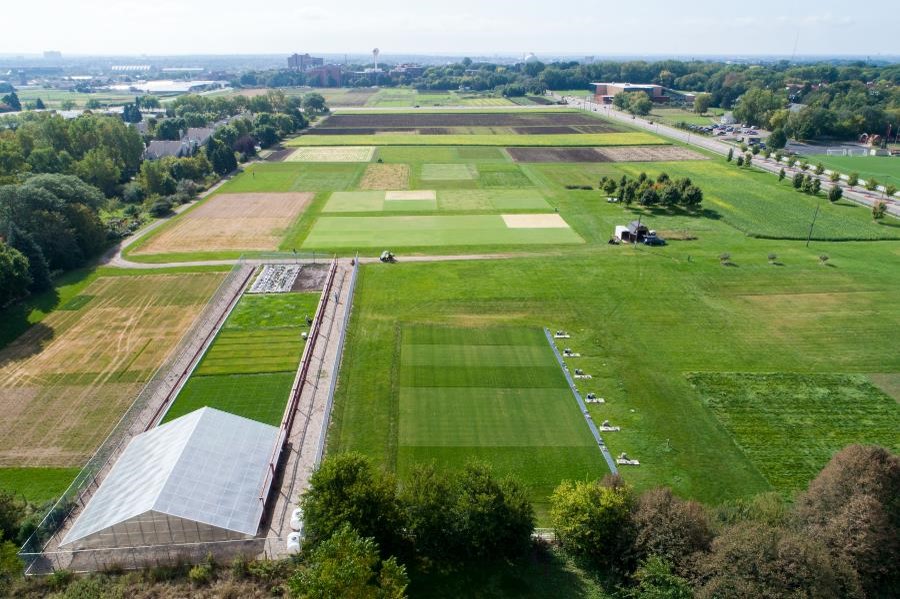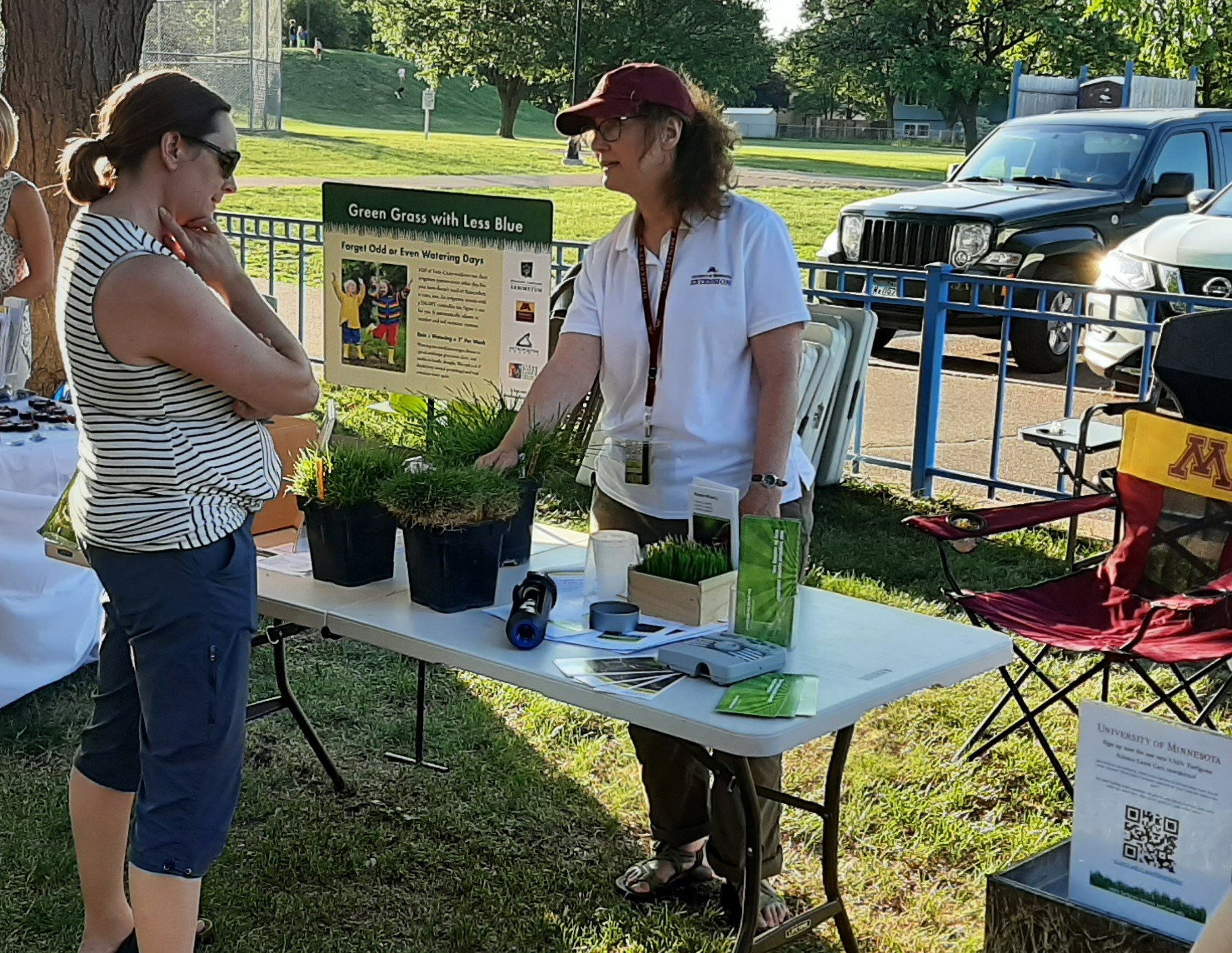UMN Turfgrass Team at Rosemount Expo!
The UMN Turfgrass Science team will be at the Rosemount Expo, located at Rosemount Community Center Gym, 13885 S. Robert Trail, Rosemount, MN 55068), on Saturday, March 2, 2024 from 9:30 a.m. to 2:30 p.m.
Please stop by and see the educational displays on lawn care and irrigation best management practices. The Turfgrass Science team will answer your questions regarding low-input lawn maintenance, how to manage your lawn water use or just about anything else relating to lawns.
Three different locations, three different winters – where will perennial ryegrass survive?
By Maicy Vossen
This article was originally published on the WinterTurf project blog.
An update to Assessing freezing damage in perennial ryegrass.
Data visualization, processing, and analysis for turfgrass metabolomics experiments
By Kate Freund
This article was originally published on the WinterTurf project blog.
2023 turf trial results are posted
We have posted all 2023 turfgrass research plot data on our 2023 cultivar evaluation page. There are results posted from three types of trials.


